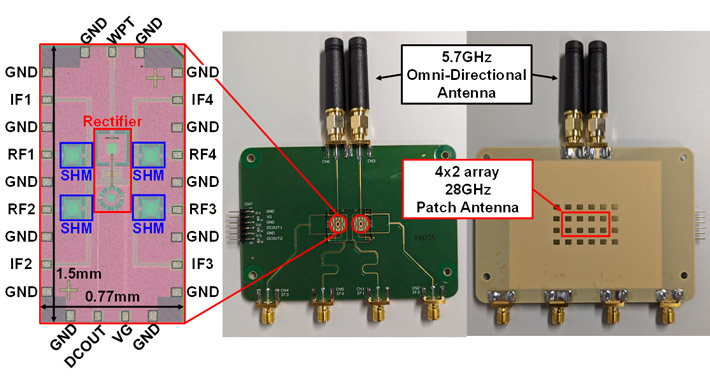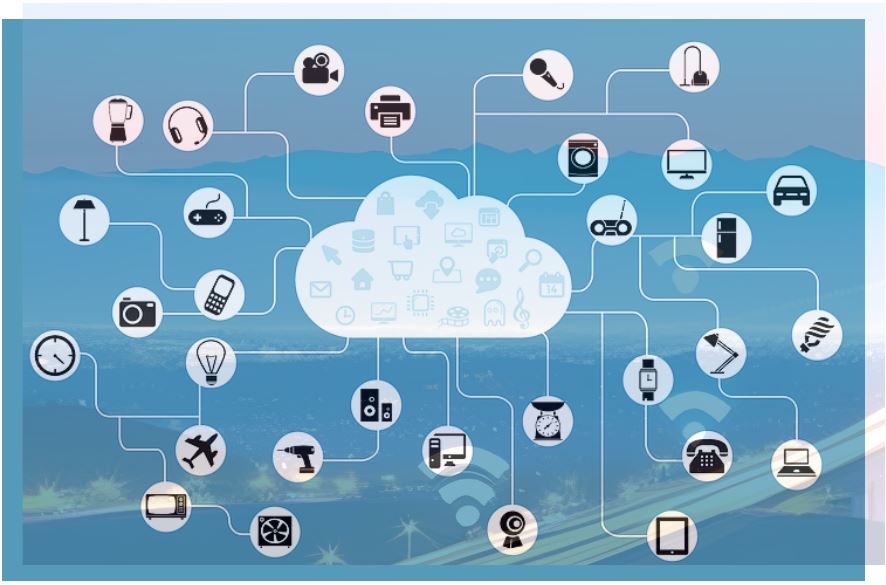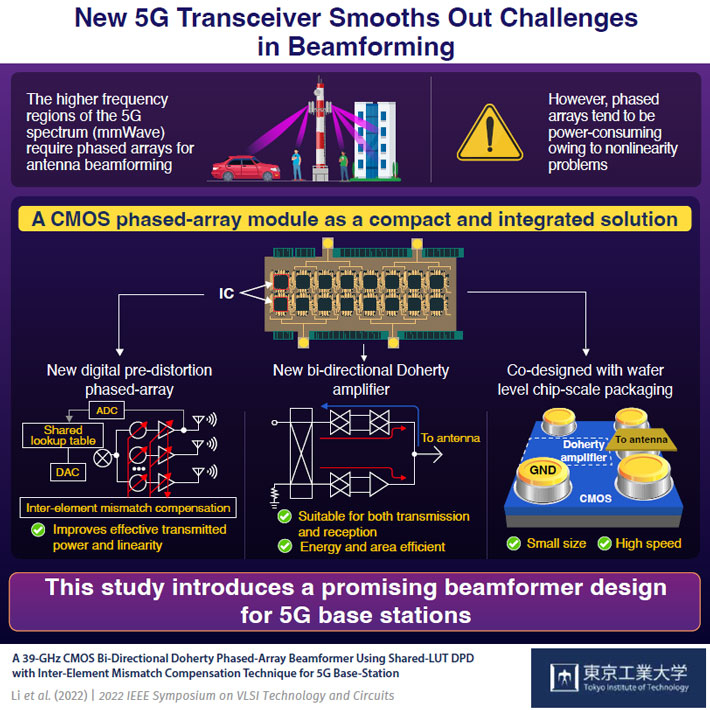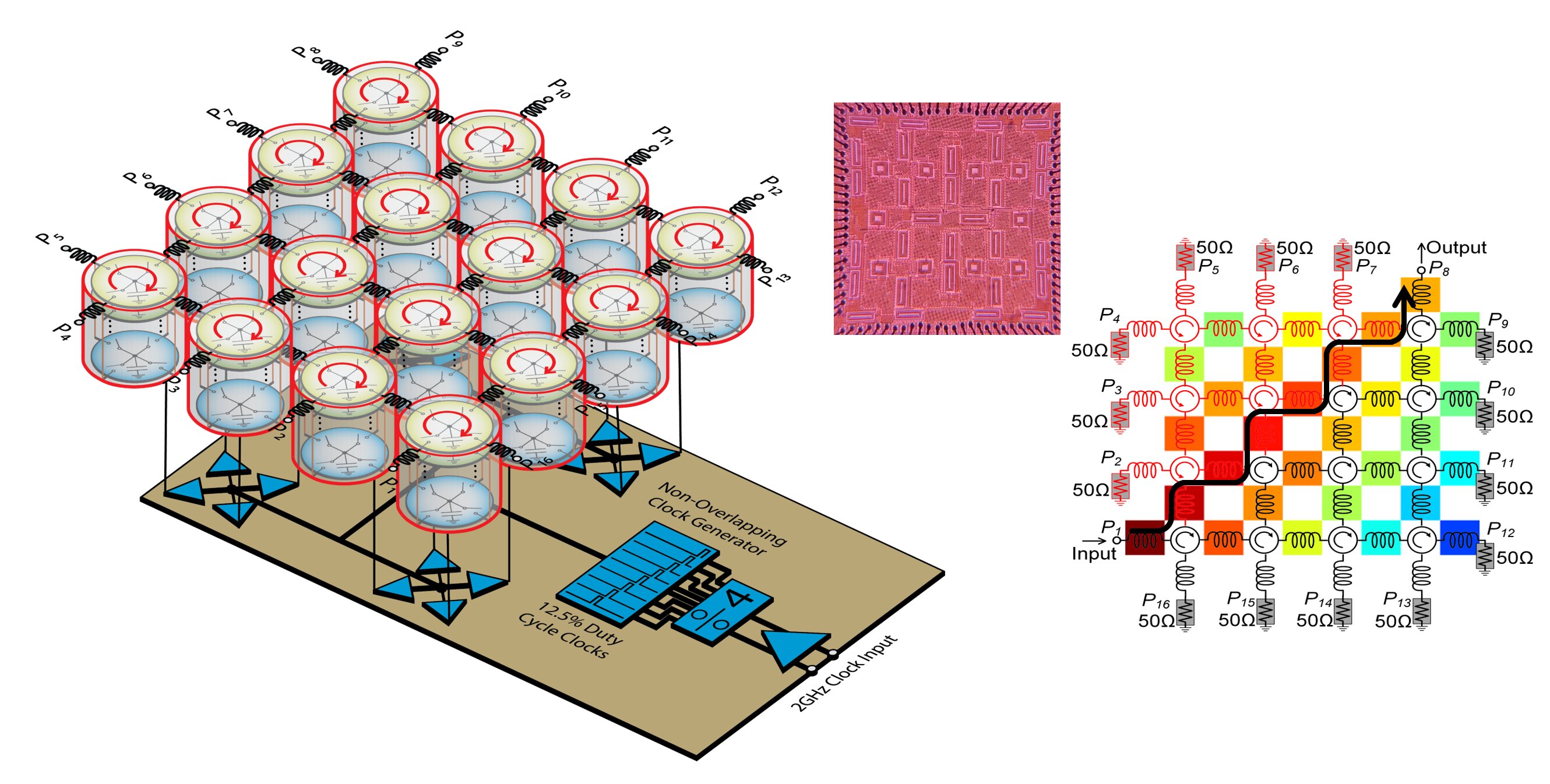
The prototype of the proposed relay transceiver was fabricated with Si CMOS 65nm chips and 4×2 patch phased-array antenna board.
The proposed innovative design leads to unprecedented power conversion efficiency and improved versatility. A recently developed wirelessly powered 5G relay could accelerate the development of smart factories, report scientists from Tokyo Tech. By adopting a lower operating frequency for wireless power transfer, the proposed relay design solves many of the current limitations, including range and efficiency. In turn, this allows for a more versatile and widespread arrangement of sensors and transceivers in industrial settings.
One of the hallmarks of the Information Age is the transformation of industries towards...
Read More








Recent Comments